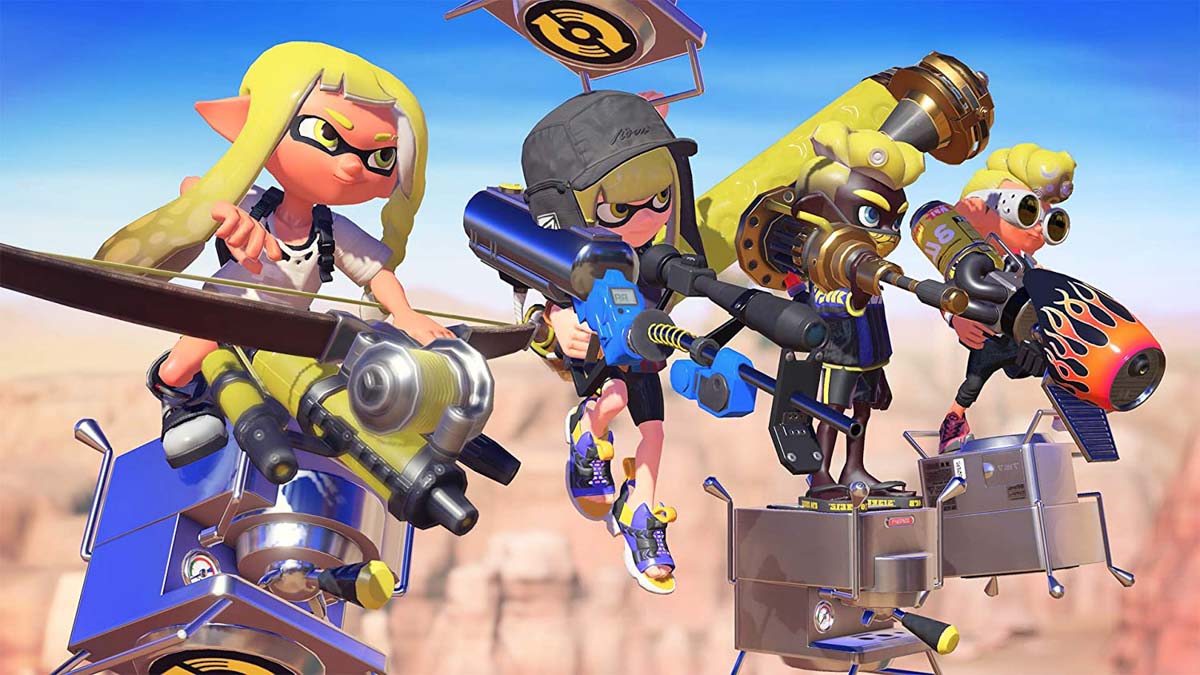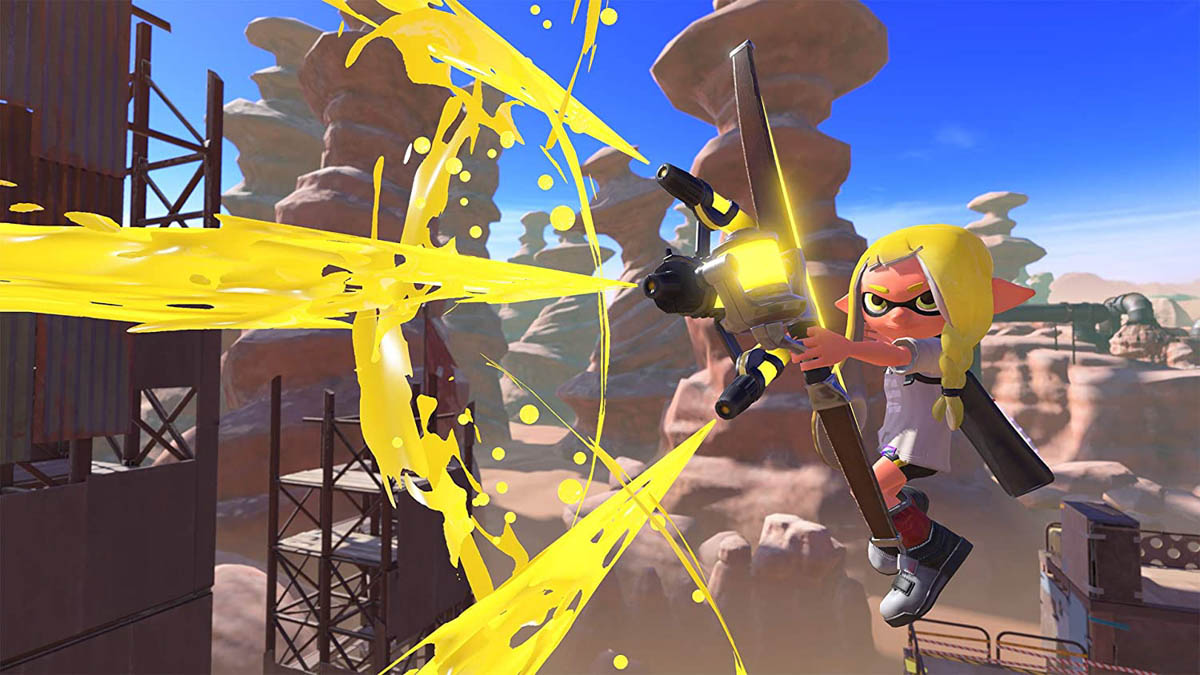It’s been about two weeks since the release of Splatoon 3 and players seem to be getting their bearings and jumping into Anarchy Battles. However, there have been some changes from the previous title as to how Rank, the indicator of a player’s skill level, works with players’ Ranks not dropping even if they lose. As for how fans feel about the change, reactions seem mixed.
Let’s start by reviewing how Rank works in Splatoon 3. The system itself is for calculating the skill level of players. Players earn Rank Points based on their performance in Anarchy Battles (previously called Ranked Battles), and after accumulating a set amount, they can attempt Promotion Battles. Getting a set number of wins in these matches will raise the player’s Rank. As of this writing, there are 10 levels between C- and S, with Ranks continuing from S+1, S+2, all the way to S+50.
But the big change from Splatoon 2 is that once your Rank increases a level, it doesn’t drop back down. In the previous game, if you weren’t securing good results, your Rank would decrease. Even if you did temporarily get promoted, your Rank would go up and down as you played, hovering around the whereabouts of your actual skill level. This made it difficult for a player’s level and their Rank to diverge too much making it a good indicator for skill level. For players looking to improve, a Rank in the S+ range or the top-level X Rank became something to aspire to.
With Splatoon 3, this was changed so that while the points received still correlate to performance, your rank doesn’t decrease, even if you lose an Anarchy Battle. Players of all skill levels have been giving their thoughts on the change and we want to take a look at a small portion of them here. It’s also important to keep in mind that there are a lot of opinions floating around both for and against the change.
To many Splatoon 2 players, the change seems to be seen as reducing Rank to nothing more than a formality. These players are likely of the view that even bad players can get their Rank up if they play long enough. However, there are still Promotion Battles and players won’t accumulate points if they don’t maintain a certain win percentage, so saying someone could lose their way to S+ might be extreme. There do appear to be players that feel the current system doesn’t reflect a player’s skill level the way the previous game did, though.

In addition to Rank, an individual power level was also used for matching players in Splatoon 2. You could check your opponent’s and your team’s average power level and it served as a separate indicator of skill besides Rank. However, these kinds of internal values like power level and even an opponent’s Rank aren’t made visible to the player in Splatoon 3. With Rank being seen as a formality and power levels not being displayed, some players have become suspicious and are concerned players at different skill levels are being matched together.
In addition, X Rank hasn’t been implemented yet which is leading to distrust in the match making system. The X Rank was added to Splatoon 2 9 months after the game released and let top-level players battle it out in X Battles. At this level, players’ skill levels are shown as numerical values instead of a Rank and served as a way to rate players who grew beyond the framework of the standard ranking system. However, X Battles are currently planned for a later update which means players who held the X Rank in the previous game are currently playing in the S+ tier. This could be leading to clear differences in skill level between players getting matched together.
Series newcomers and casual fans have also been voicing their opinions on the system. Some players who have found themselves at high ranks that don’t match their skill are worried about dragging down their teammates. The current system of not dropping a player’s Rank seems to be adding extra pressure on players. On Twitter, we can see players celebrating their Ranks while humbly adding that they hope to actually develop their skills to that level. Even among casual players, there seems to be a strong sense that Rank doesn’t actually reflect one’s skill.
Of course, there are also players that welcome the change. For beginners that still have a lot to learn, they can play while still enjoying a sense of accomplishment. For those who played the previous titles, they now don’t have to worry about their meter shattering as they play. As for what a game with competitive elements should prioritize? Well, that’s basically the heart of the discussion.
In previous games, Rank was used to show a player’s actual skill level and served as goalposts for players to shoot for. While the new system retains the same name of “Rank,” it invites confusion as players of different experience levels can be matched together. Splatoon 3 sold 3.45 million units in Japan alone during its first three days on the market, and with the upcoming Splatfest on September 23, it’s about to get even more lively. The development team is likely looking to make the game enjoyable for as many players as possible which includes listening to player feedback regarding Rank.
Written by. Nick Mosier based on the original Japanese article (original article’s publication date: 2022-09-21 16:11 JST)





